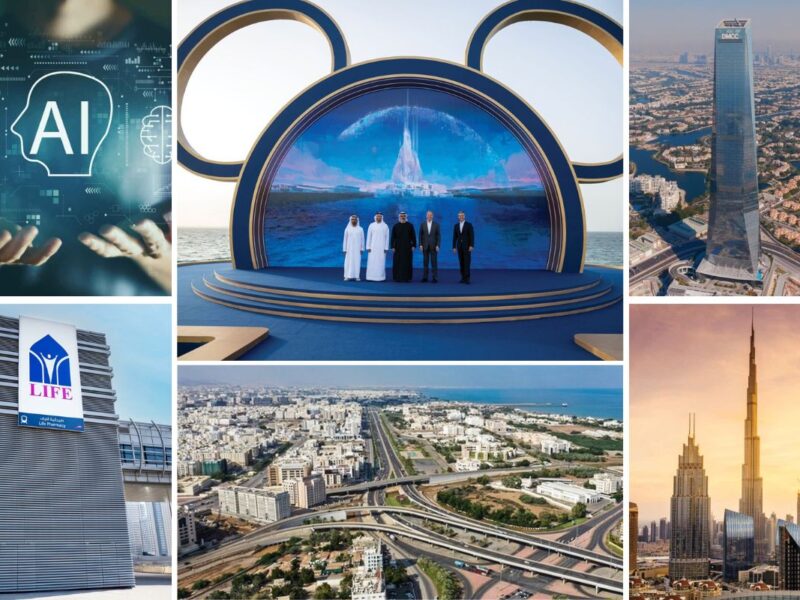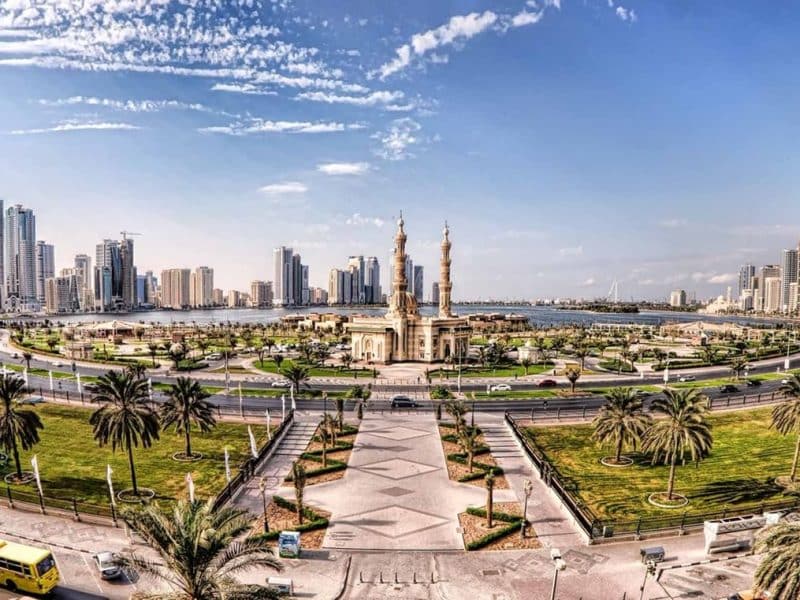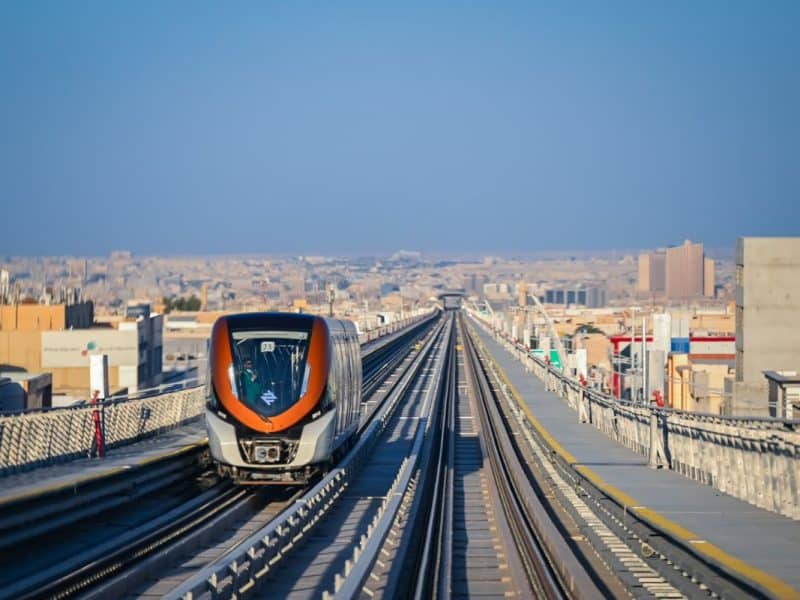Start spreading the news, the big apple is making a brand-new start of it -and you’ll want to be a part of it.
Seven years ago, the world drew its largest collective gasp in decades. And when the Twin Towers crumbled, many feared it also spelled a larger end – the splintering of a famously alive and eclectic community; an economic meltdown; an irreversible climate of anxiety.
Some of it happened. Most of it didn’t.
Demand has never been higher. The problem used to be getting passengers, now we can’t get enough planes.
Today New York City is still abuzz with yellow taxis, 24-hour pizza stores, world-class shopping and roller-bladers in Central Park.
And the streets of the Big Apple pulsate – as they have done for centuries – with energy and defiance: the very same spirit that superglued the city following the largest terrorist assault in US history.
And while American airspace was closed for several days after the attacks and several US airlines either went bust or near-bust, the demand for air travel has since crept up to record levels.
“Demand has never been higher. The problem used to be getting passengers – now the problem is getting planes, we just can’t get enough,” explains Sir Richard Branson, chairman of Virgin Atlantic. “We actually need some airlines to go bust just so we can buy their planes.”
And he should know. New York is one of Virgin’s flagship destinations, with four UK flights a day. What’s more, Branson says he’s recently forwarded the 2pm London-New York flight by four hours to cope with demand for interconnecting NYC flights from Dubai-based passengers.
But while the global airline industry slowly sputtered back to life after 9/11, New York’s echoing streets were testament to yet another casualty: nobody visited anymore. The world stayed away from New York, and it stayed away for a long time.
For a city formerly bolstered by soaring tourist numbers – each in search of their very own slice of the Big Apple – it substantially bruised its economy, not to mention its swaggering ego.According to a report released by the Travel Industry Association of America, the US market share of the six trillion dollar worldwide travel market fell from 7.5 per cent in 2000 to 6.1 per cent by 2006, a 20 per cent drop.
And in the five years post-9/11, the decline meant 58 million fewer visitors, 194,000 lost jobs, US$94 billion in lost spending and US$15.6 billion in lost tax revenues.
But a city as steeped in magic as New York could never be laid to waste forever.
We’re very grateful for the weak dollar. Visitors are coming with one suitcase and going home with three.
The good news is that – for the first time since pre-2001- visitor growth rates are once again rising to record levels.
Around 46 million tourists visited New York in 2007, according to estimates unveiled by the US government.
The record figures included 8.5 million foreign visitors, who together with domestic tourists pumped some US$28 billion into the local economy, says the city’s mayor Michael Bloomberg.
“This incredible surge puts us well on our way to reaching our goal of drawing 50 million annual visitors by the year 2015,” he adds.
To reach that target, New York’s tourist industry has launched a big bucks marketing campaign abroad and opened offices in five European cities.
On top of that, more emphasis is to be placed on hotels and attractions in districts beyond Manhattan such as Queens, the Bronx, Brooklyn and Staten Island.
“It’s helping to bolster our local businesses even as the economy is slowing down nationwide,” Bloomberg adds.Meanwhile, George Fertitta, boss of NYC & Company, which markets the city as a tourist destination and receives US$15 million annually from Bloomberg, says much of the boost in tourist numbers is due to the dollar being near historic lows against the euro and British pound.
“By focusing on the international market, we’re also capitalising on beneficial exchange rates that make New York such incredible value. We are very, very grateful for the weak dollar,” he says.
New York has resurfaced as one of the most visited places on earth.
British tourists continued to account for the largest group of foreign visitors, with 1.4 million arrivals last year.
“For the Brits, the city is essentially on sale,” adds Chris Heywood, vice president of tourism at NYC & Company. “They’re coming here with one suitcase and going home with three.”
To comfortably accommodate the new influx of visitors, New York is already working on plans to increase hotel rooms. Currently there are 72,150 rooms in the city, by 2010 that should rise to 85,000, according to Heywood.
One major global chain that has its sights set on New York as part of its American expansion plan is Shangri-La Hotels and Resorts.
The Hong Kong-based firm already operates 55 properties outside the US and Europe, and is set to unveil its first tower in the Big Apple in 2010.
The 67-storey luxury property with views of Central Park will also be the first US hotel property designed by architect Lord Norman Foster.
“New York had been at the top of Shangri-La’s wish list of North American cities for some time,” says Stephen Darling, regional vice president, Shangri-La Hotels & Resorts.
Meanwhile, the airline industry is also set to see a further boom. Heywood of NYC & Company says that he is due to collect US$4.5 million from local airlines this year to bolster his dramatic global PR push for New York.
And fledgling Dubai-based business class-only airline, Silverjet, which flies twice daily to New York, has high hopes for the city as an increasingly popular destination.”London-New York is the first route we launched. We’ve since introduced a second daily service in order to meet strong customer demand,” says Lawrence Hunt, CEO of Silverjet.
“We don’t see any sign of it slowing down. New York is the place to be for business, art and culture. It’s always exuded a palpable energy.”
Another reason for New York’s recent growth is its growing influx of Middle East visitors.
The US Department of Commerce stated in a report that around 300,000 visitors travelled to the US last year, of which 150,000 visited New York, with the majority originating from Turkey, Egypt, and Saudi Arabia.
Donna Keren, senior vice president of research at NYC & Company, agrees that the city is the number one destination for visitors to the US from the Gulf and surrounding areas.
“The smaller Middle East countries send about 2000-3000 visitors annually to New York, while the bigger countries like Egypt and Saudi Arabia send around 10,000-15,000 per year,” she explains.
“However, countries that are experiencing politically strained relations with the US make less visits, but they still come for business and diplomatic affairs or family visits.”
It seems then that time really does change everything.
Monthly rent of a mid-priced one-bed furnished apartment: USD 6,000
Three-course dinner for four at a top restaurant: USD 500-900
Theatre or concert: USD 450-800
Just five years ago, Hollywood’s biggest movie producers were publicly saying that in the wake of 9/11 they could “never make another disaster movie – it would just be bad taste”.
But the reality has been markedly different, with even Bruce Willis getting in on the act with the release of Die Hard Four – the ultimate terror-based disaster movie.
Thankfully the reality has also been different for New York’s post-9/11 doomsayers. They were wrong. The city has once again resurfaced as the one of the most visited places on earth.
When walking the streets of Big Apple today it’s near impossible to imagine the pain and shock that reverberated through its streets seven years ago.
And it’s this magical spirit in the city that Heywood calls the “world’s second home” that no-one could, can, and ever will, take away.
2. Canada 840,000
3. Germany 420,000
4. Scandinavia (Sweden, Denmark, Norway, Finland) 350,000
5. Italy 317,000
6. France 305,000
7. Japan 275,000
8. Ireland 270,000
9. Spain 256,000
10. BeNeLux (Belgium, The Netherlands, Luxembourg) 248,000
11. South Korea 242,000
12. Australia 216,000
13. Mexico 198,000
14. Netherlands 170,000
15. Brazil 151,000
16. China/Hong Kong 145,000
SOURCE: NYC & Company.








